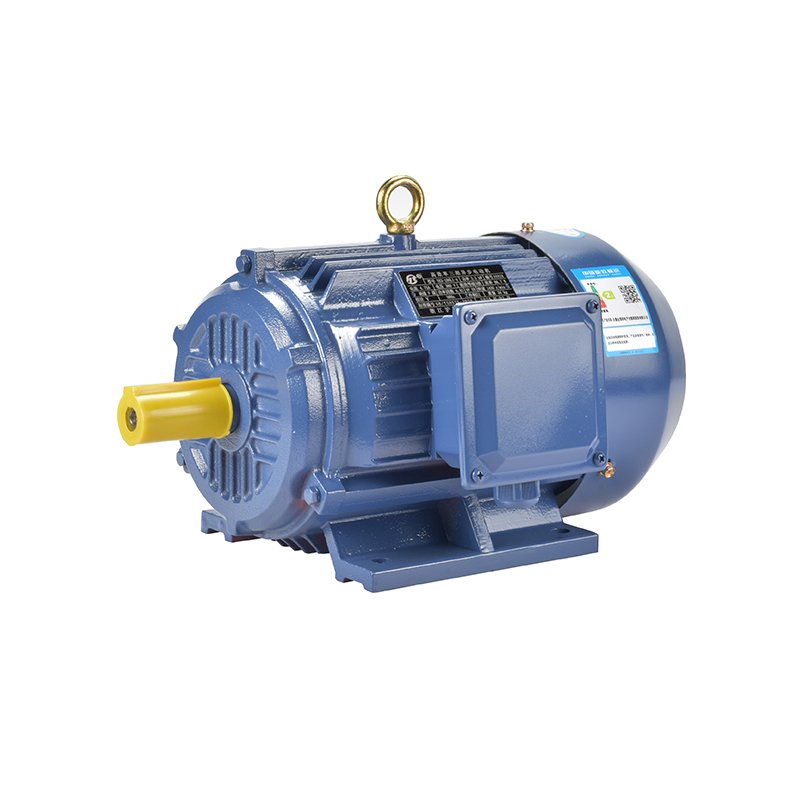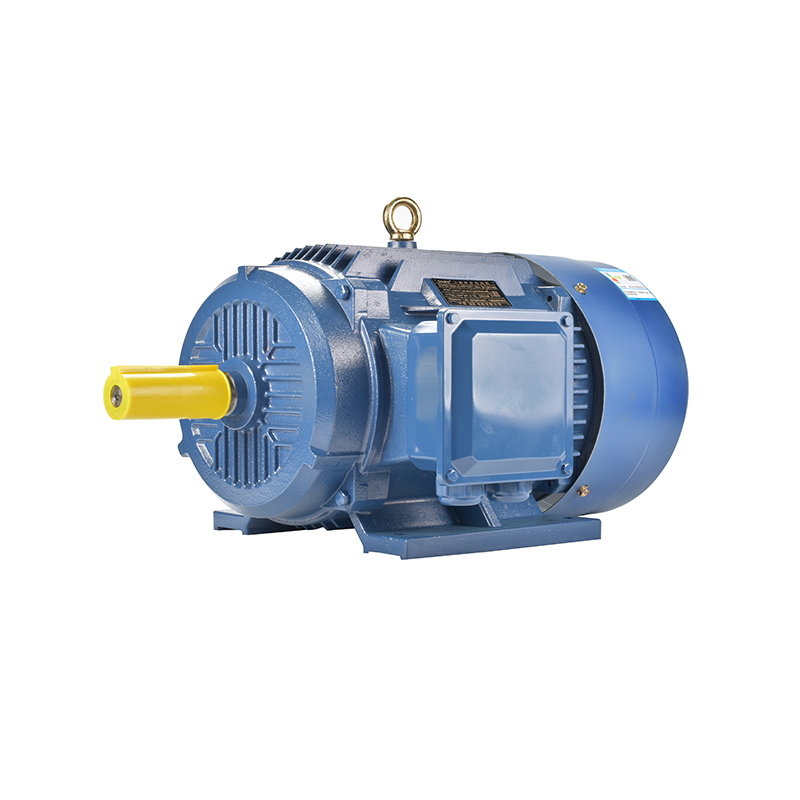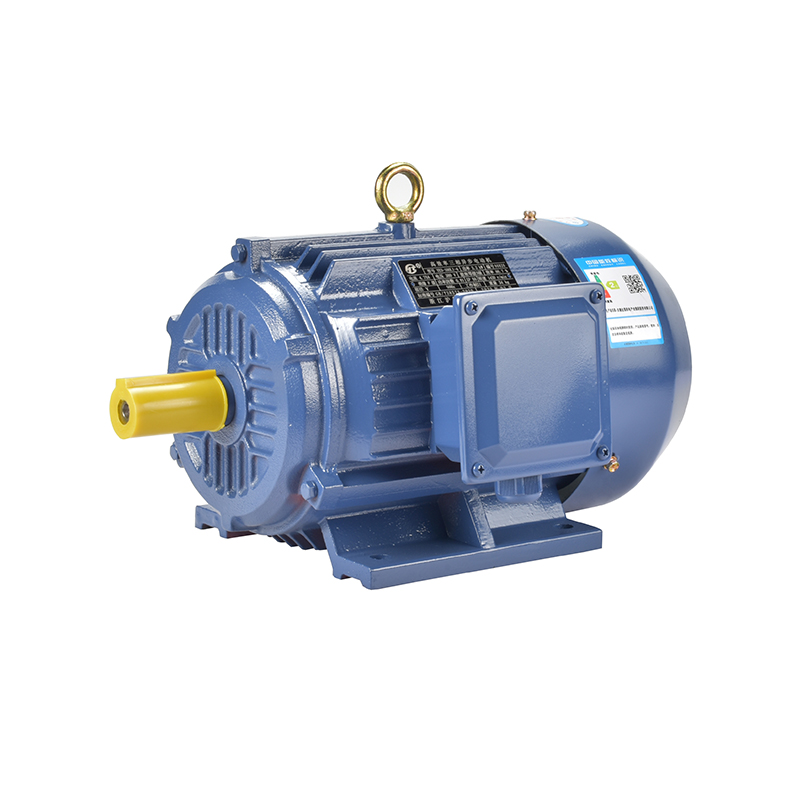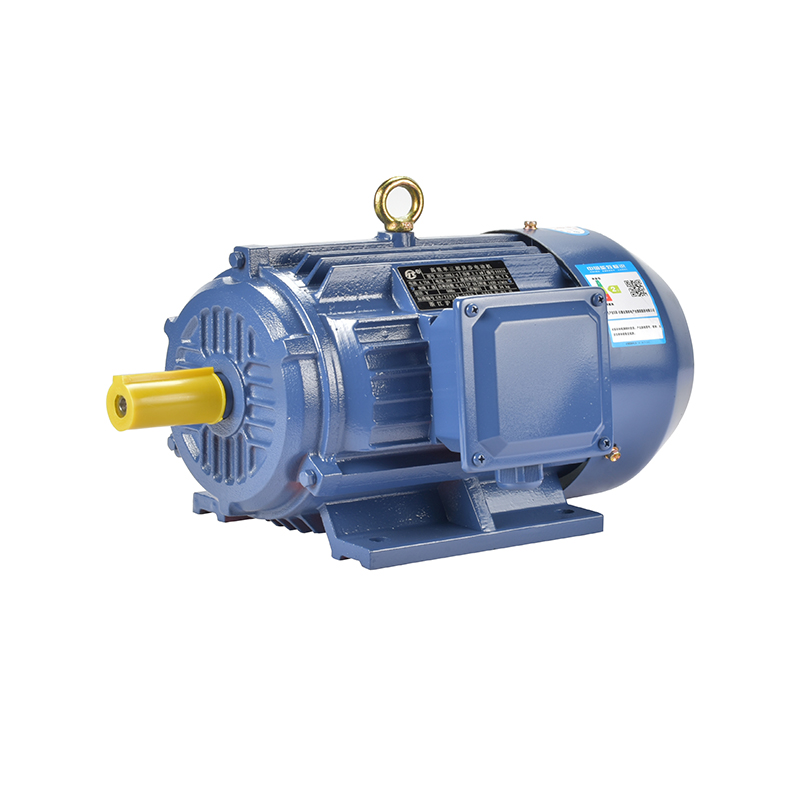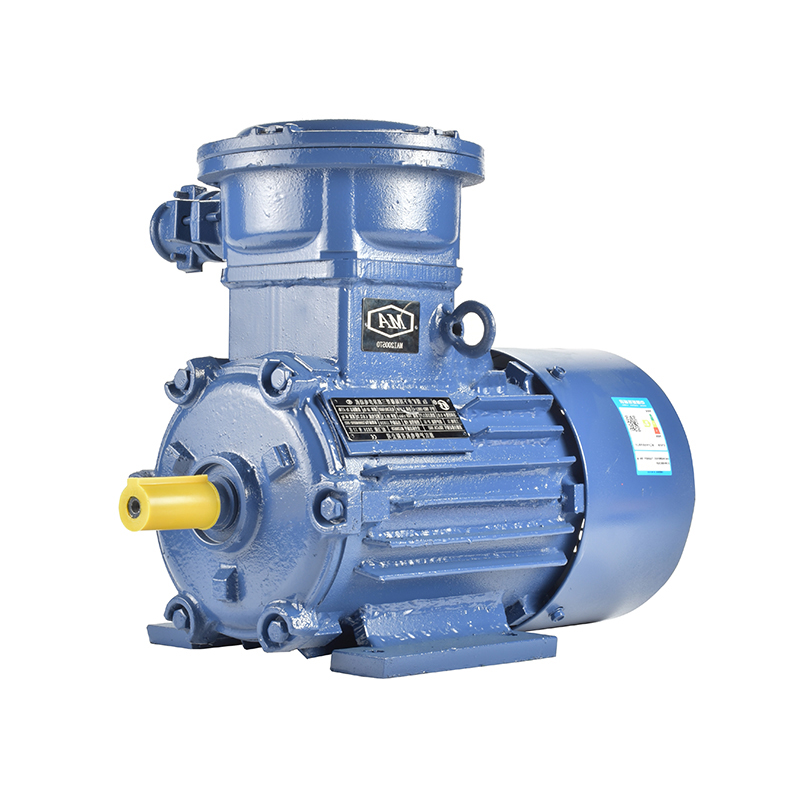Insights Into Stator Winding Techniques For Efficiency
Electric motors play a critical role across many industries, and improving their efficiency is a continuous focus for manufacturers and engineers alike. One key area where efficiency gains can be realized is in the design and construction of the stator winding. The stator, as the stationary part of the motor, houses coils of wire whose magnetic fields interact with the rotor to create motion. How these coils are wound, the materials used, and the configuration can all influence motor performance, including energy consumption, heat generation, and overall reliability.
Stator winding techniques vary significantly depending on the motor type and its intended application. For instance, in single phase motors with variable frequency drives (VFDs), the winding design must accommodate changes in electrical frequency and voltage, ensuring smooth operation across a wide speed range. Single phase motors with VFDs are increasingly common in HVAC systems and small machinery, where variable speed control enhances energy savings and operational flexibility. Proper stator winding not only supports the desired torque and speed characteristics but also less losses caused by resistance and magnetic leakage.

One important aspect of stator winding is the choice between distributed windings and concentrated windings. Distributed windings spread the coils across several slots, creating a more sinusoidal magnetic field, which reduces harmonic losses and improves torque smoothness. This technique can advance to better efficiency, especially in applications requiring steady operation at varying speeds, such as single phase variable speed motors used in pumps and fans. Concentrated windings, on the other hand, are easier to manufacture and can be beneficial in compact motor designs but may have slightly higher losses due to magnetic saturation and harmonics.
The selection of wire gauge and insulation also plays a critical role. Thicker wires reduce resistance, which lowers copper losses, but take up more space and can increase the motor’s size and weight. Advances in insulating materials have allowed manufacturers to use thinner insulation without compromising durability, permitting tighter coil packing and thus more efficient magnetic coupling. For motors like permanent synchronous motors, which rely on permanent magnets in the rotor and require precise magnetic field interactions, winding accuracy is particularly important. Any imidealions in the stator winding can cause uneven magnetic fields, pilot to vibration, noise, and decreased efficiency.
Heat dissipation is another challenge closely tied to stator winding design. As electric current flows through the winding, it generates heat due to electrical resistance. Excessive heat can degrade insulation and shorten motor lifespan. Manufacturers often use winding techniques that improve heat transfer, such as slot liners that enhance insulation while allowing better cooling airflow. In single phase motors with VFD control, varying speeds can sometimes result in thermal cycling, making thermal management an important consideration during winding design and material selection.
Additionally, the coil pitch and the number of turns per coil influence motor performance. Adjusting coil pitch can reduce certain harmonic components in the magnetic field, which can advance to quieter operation and less energy wasted in eddy currents. This is particularly beneficial in motors designed for sensitive environments or applications where noise reduction is valued. The number of turns affects the voltage induced in the winding and must be balanced with wire thickness to maintain efficient current flow without overheating.
In recent years, technological advancements have also introduced the use of advanced winding patterns such as fractional slot windings and hairpin windings. Fractional slot windings can help reduce cogging torque and improve the smoothness of permanent synchronous motors, which are often used in precision applications like robotics and electric vehicles. Hairpin windings, which use rectangular conductors bent into U-shapes, allow for better slot fill factors and improved heat dissipation, though they require more complex manufacturing equipment.
Moreover, for single phase variable speed motors, winding techniques must consider the impact of VFD harmonics. VFDs generate pulse-width modulated signals that contain high-frequency components, which can induce additional losses and stress in the stator winding. Proper insulation, careful winding layout, and use of materials with low dielectric losses can mitigate these effects and extend motor service life.
Overall, the combination of winding technique, material choice, and design parameters can significantly influence motor efficiency and reliability. The trend towards increased use of single phase motors with VFDs and permanent synchronous motors in various sectors places greater emphasis on optimizing stator winding design. Motor manufacturers continue to explore innovative winding methods to reduce losses, improve thermal management, and support the expanding applications that require variable speed and high performance.
In summary, stator winding remains a vital component in determining electric motor efficiency. Whether it is a single phase variable speed motor employed in residential or commercial equipment, or a permanent synchronous motor used in industrial automation, the winding approach affects energy consumption, operational stability, and noise levels. A well-executed winding design balances electrical, thermal, and mechanical considerations to meet application needs without compromising durability. As demands for smarter, more adaptable motors grow, refining stator winding techniques will remain a key area of focus.
-
Feedback



 English
English русский
русский Español
Español عربى
عربى

